Rocket Brush Studios brings The Unliving, their first, and quite ambitious game. A rogue-lite action role-playing game where you are a Necromancer commanding an army of the undead that are the reanimated bodies of your enemies? Sounds brutal and awesome, the idea sells itself. Now, is the game able to be in par with the premise and deliver? We’ll talk about that later, but certainly the game has a lot of potential.
Now, “potential” is a powerful word. In one hand, it describes a game that has a premise and a base of assets and gameplay mechanics that, with due time, could become something that’s worthy of praise. In the other hand, it describes a game that could be, but isn’t. That duality is what prevents me from writing many positive things about the game. Even after several delays and missing an enticing October 31 release, it feels like a work in progress. After all, this is one of the classic “Early Access” game stages. However, if feedback is what they need, well, here it goes.
The Unliving Biggest Takeaways
- The art style and aesthetics are awesome. Animations are incredible and the feeling of creepiness and eeriness that the locations transmit are the best part of the game.
- Being the Necromancer is amazing, period.
- With the amount of content and a lot of pending implementations, there is a lot to do in The Unliving.
Being Dead is an Art

By far, and that’s a big “far”, my favorite part of the game is the art style and aesthetics. Let me put this straight, so you can understand, the way the game looks is what cancel out most (but not all) of the issues that The Unliving has. I don’t know what is with this type of art and the creepy vibes that go so well together. It is like they were meant for each other, and the developers and artists surely were able to deliver. Surely that’s a testament of the love the studio has for the game. Again, this is their first game, and with the scale that this game pretends to aim to, it’s quite an endeavor.
Having said that, the minion’s death and sacrifice animations are a masterpiece. Really, it feels gruesome, awesome and all the -some that you can think of (positively of course). And with sacrificing being a major part of the game, you’re in for an endless flow of visual treats (and tricks?).
What I don’t like about the game’s art is the sound (being a musician, I will put sound and music in the art part of the game, sue me afterwards). Don’t get me wrong, the location’s music and sound effects are excellent, so much that will immerse you more in the experience. Having said that, why would you only include voice acting in the prologue (which doesn’t align with the text) but not in the rest of the game? Why do the characters’ emotes sound like they are talking through a megaphone?
These sorts of things make me lose the immersion completely, and they threw me off altogether. The most anticlimactic part of the game was meeting Zolar (who possesses a priest of sorts). There wasn’t any type of audio cue or dialog, in spite of the importance of the scene. Honestly, this feels like an incomplete part of the game, or even a rushed part of it.
Let Us Play the Dead
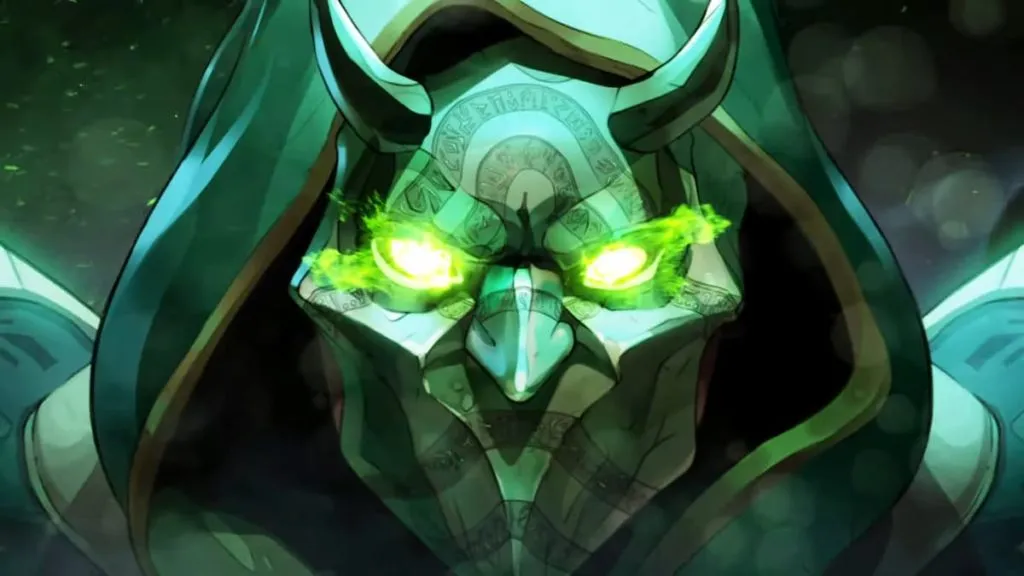
Now we’re into the most interesting aspect of The Unliving: the gameplay. Just like I said before, the Necromancer commands an army of the undead, who are the corpses of your enemies. You start the game just being by yourself. Using your Hex Weapons via the left mouse button, you will kill your enemies and raise them from their remains. You will be able to raise more undead until you have a complete army that stretches throughout the whole screen, with several different kinds of minions at your disposal. Alongside your undead folk, you have the ability to cast spells. They will either call for more minions, help the ones you already own, or will attack your enemies directly.
Personally, the gameplay is my second favorite part of the game. In one hand, being able to have an army of the undead feels like a heavy metal fantasy video clip to me. On the other, being a fan of the RTS genre, it reminded me a little bit about the classic Age of Empires games. Because of that, I cannot fathom how much would I have loved the ability to have certain formations in order to plan each siege or enemy encounter. Every run, the same will happen to me: all the minions will get crammed up waiting to attack the enemy, leaving the duty only to the first line. On top of that, there is a run-breaking glitch which will basically make your minions freeze in the spot. They will refuse to move and will leave you alone for the fight.
I will say, therefore, that the “strategy” part of the game, besides choosing your spells with premeditation, limits itself to sacrificing your minions whenever necessary. All things other than that are quite random. Even the minions won’t obey your orders if they are actively battling the enemy. If the enemy surrounds you, the outcome of the battle feels like flipping a coin. This will happen a lot. You will have to rely on your spells and sacrificing, which is hard to do on multiple locations at once. However, I would say that the sacrifice mechanic is surely what I found most entertaining in the game. Being able to sacrifice skillfully can be what saves you from disaster.
Perma(un)death
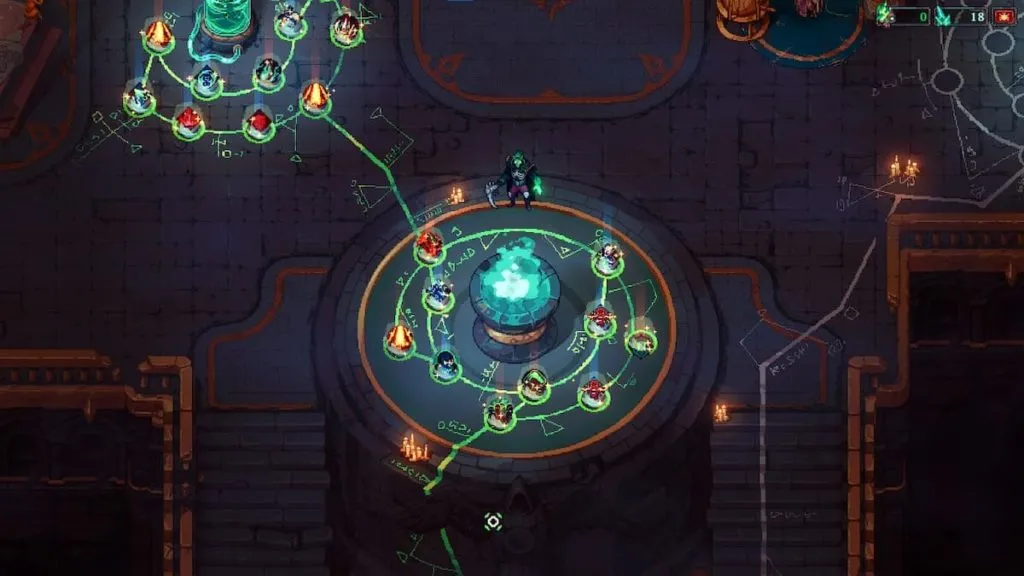
This is where things take a dark turn, and not in a good way. Rogue-lite and rogue-like are terms that are used interchangeably, and quite often in a wrong way. Now, having a permadeath and procedural generation or some sort of random concept is the way to label a game rogue-lite. It’s such a dense and often confusing term, that I believe developers don’t understand it. How to implement it and how to balance the game’s difficulty and the reward system? A balanced experience sounds like taboo nowadays in the world where punishing titles reign supreme. Frustrating the players to the extent that they will quit the game and never play it again? That is not something desirable, believe me.
I believe that The Unliving suffers from this problem, or at least in part. First, I read that the game was expected to last for dozens of hours. Then, I thought that I’m into a content showcase that will blow my mind alongside the story and unlockables. Finally, I got disappointed. What I didn’t expect is a game artificially bloated out of proportions by a punishing system and repetitiveness. In spite of the procedural generation, the locations feel repetitive, and the runs are never-ending.
From the start, the enemies take a bunch of damage to be defeated. Sometimes it feels like their AI is far superior to your army’s. And while permadeath is something a group of gamers will enjoy, I think that having to go through the entire game when defeated is truthfully frustrating. For example, Returnal started you from the beginning as well after dying. However, it implemented shortcuts to get to the place you were before your death. But no, The Unliving doesn’t do that. Besides that, upgrading your Hex Weapons doesn’t have any effect in-game, or at least a big enough effect to be noticeable. You will have to find a place to upgrade your weapons in order to see those upgrades reflected. The worse part is, even after unlocking lots of upgrades, there is virtually zero difference reflected in the game.
Why not use different versions of the Necromancer? By being an entity with a torn soul, maybe you could implement a mechanic in which different parts of that soul could reflect changes in-game. Speed changes, weapon changes, different stats or level of your minions. You could implement something of this sort in order to fit different types of game styles. This could offer some variation that will make the game enjoyable. You can even make it harder on purpose for certain challenges or future speedruns. If you’re not going to implement a good rogue-lite experience, you better not implement it at all. Having said that, there’s a lot of work here to do yet.
The Unliving Needs More Life

Now, after all that, you would think I hated the game. Well, not at all! I enjoyed parts of the game and, while my experience was pretty much sabotaged by, quite frankly, the game itself, I really think that the foundations of this game are quite good. For some, it could be a great game and even enjoyable without any caveats. For me, I believe there are a lot of things that could be implemented to make the game more accessible. That means that if changes in the balance system are made and promised content and modes are implemented successfully, we’re looking at a great game to be remembered. This is an early access version of the game indeed, but nobody gains anything if it is all confetti and fireworks.
The characters are quite memorable, and the story is enticing (although getting to learn more details at a time would be great, or having some sort of flashback as the Necromancer recovers his memories). Let’s hope that the developers fulfill their promises and implement everything described in their roadmap for 2023. Hopefully, then, I will make a follow-up review and see if they can turn this whole thing around. For the time being, The Unliving is a game that focuses on death, but it really needs a little more life.
The Unliving is available on Windows. If you like our The Unliving preview, be sure to check out: The Unliving.



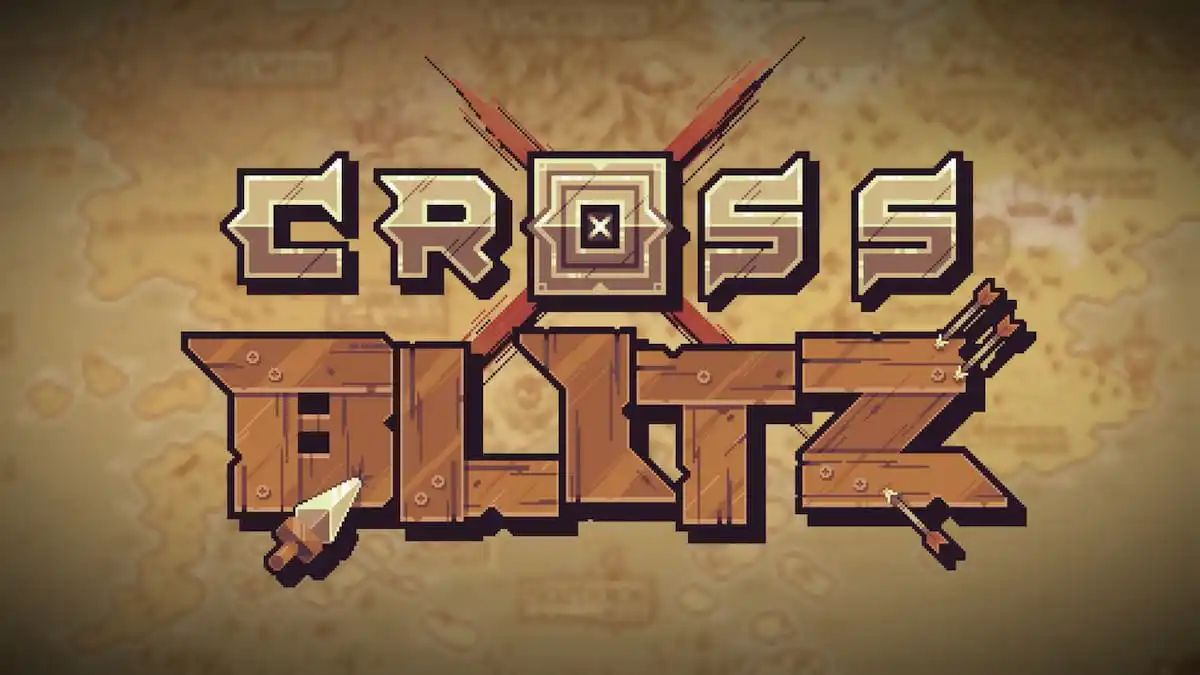
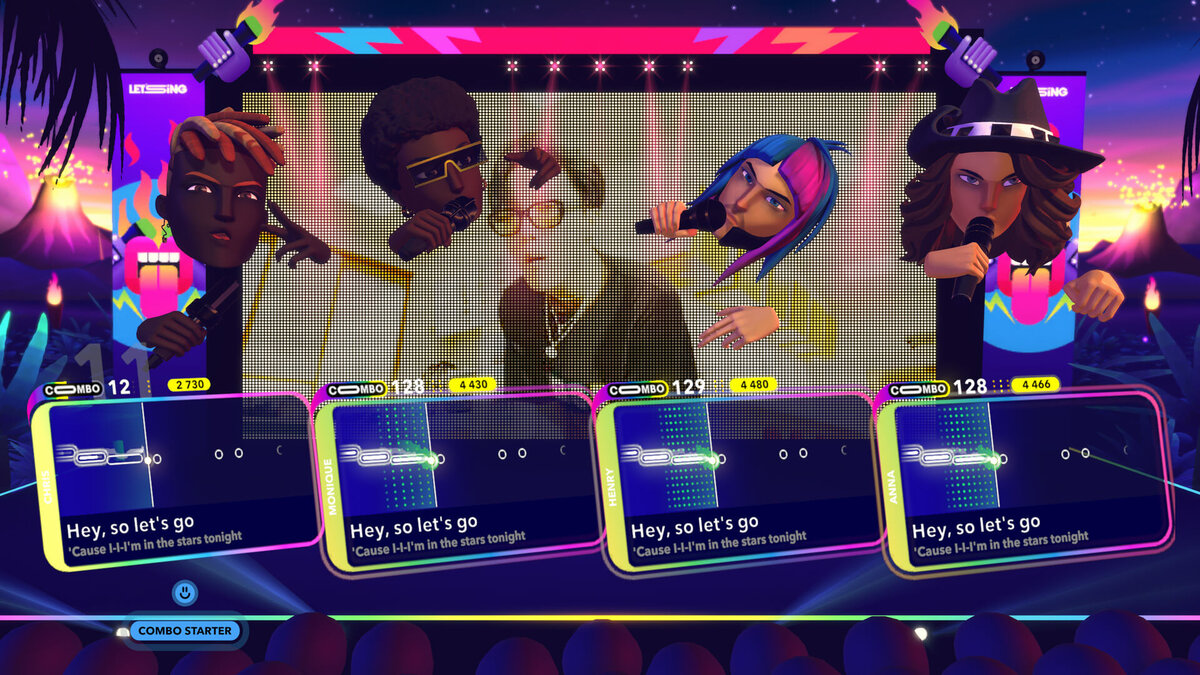
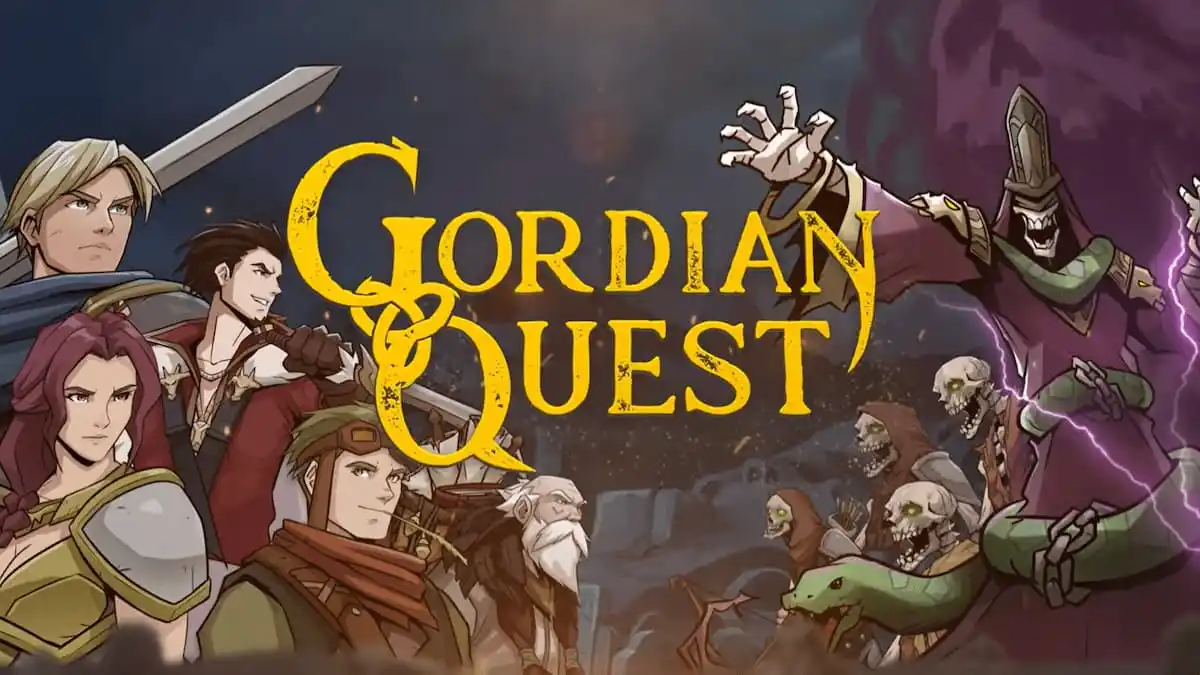

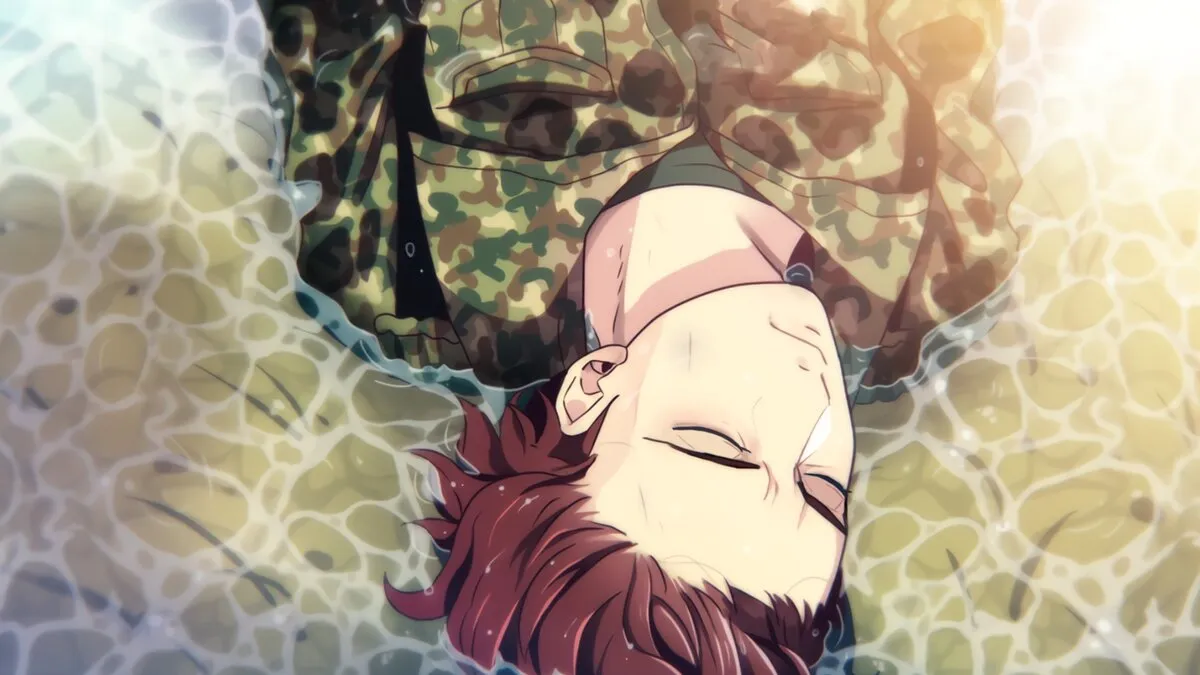
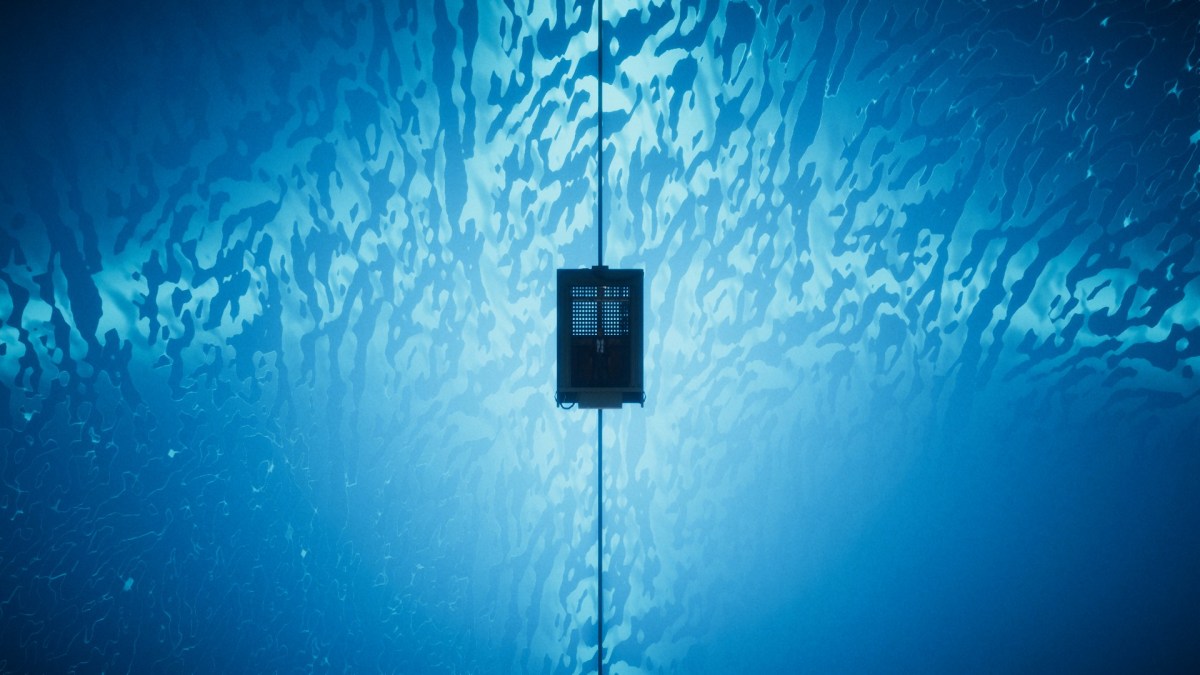
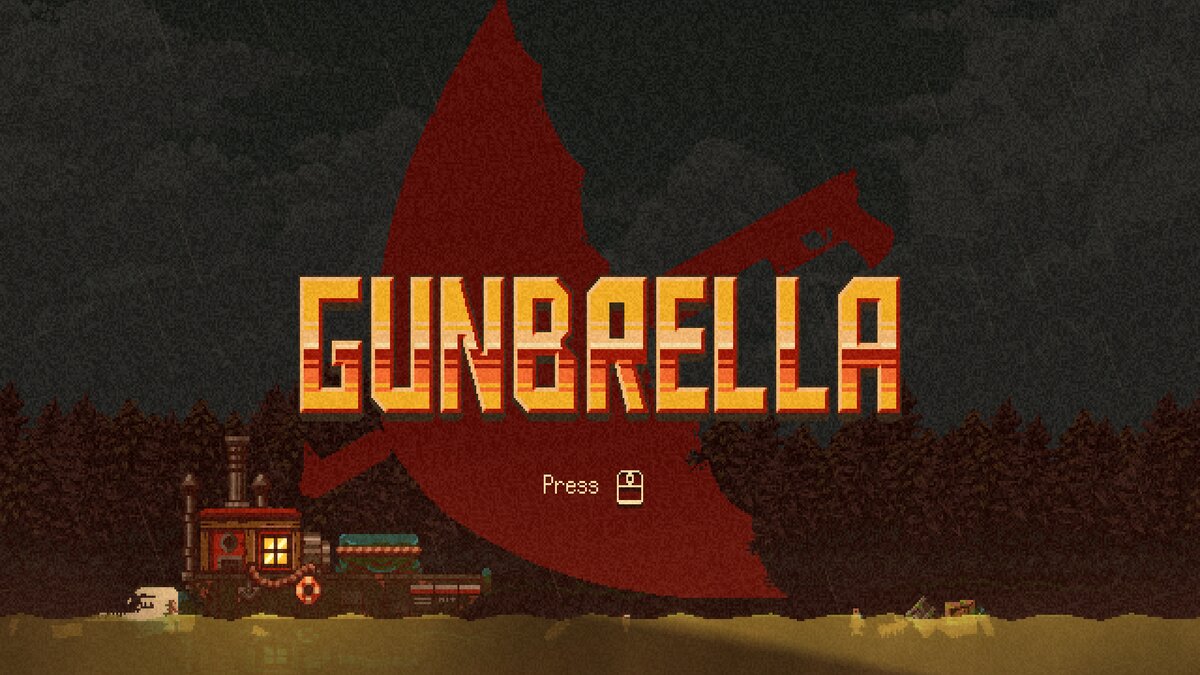
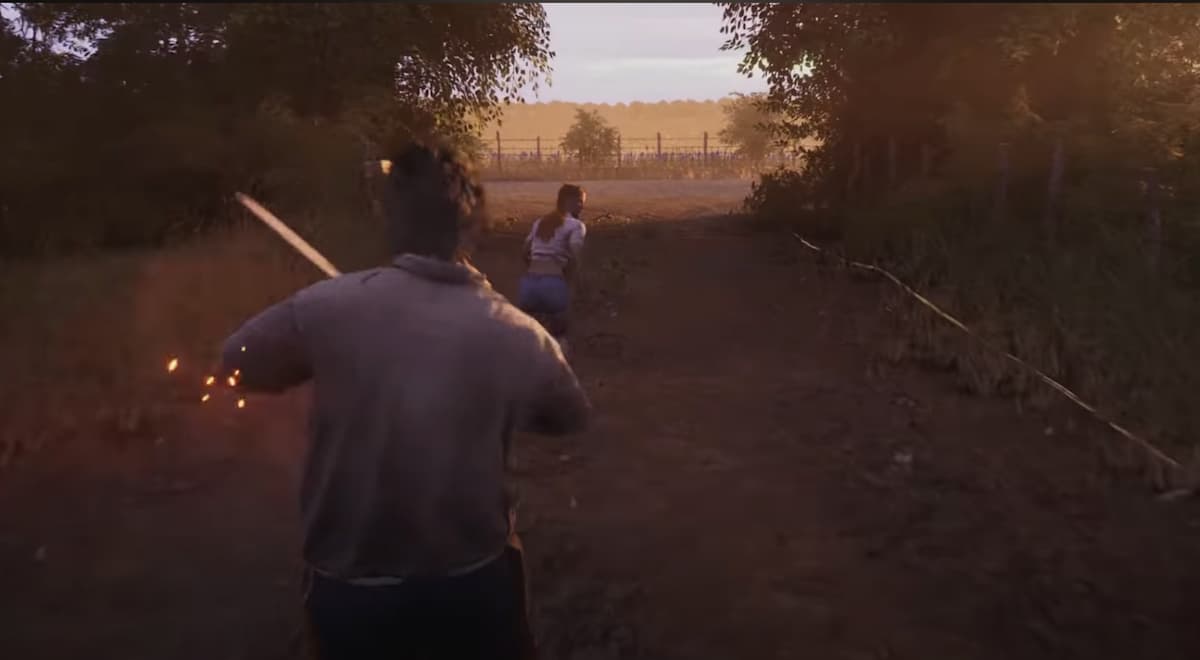
Published: Nov 7, 2022 09:58 am